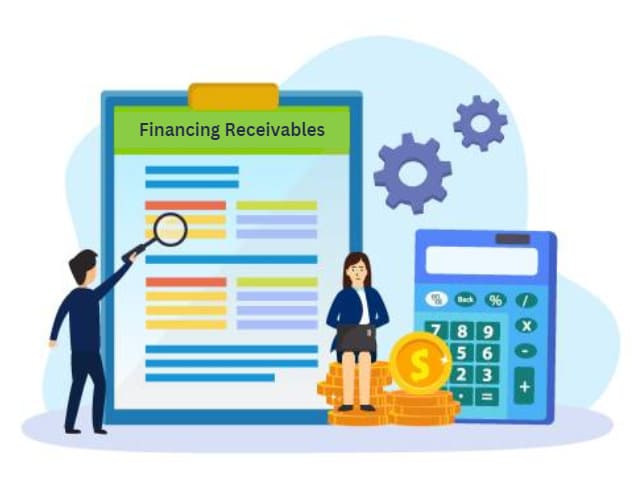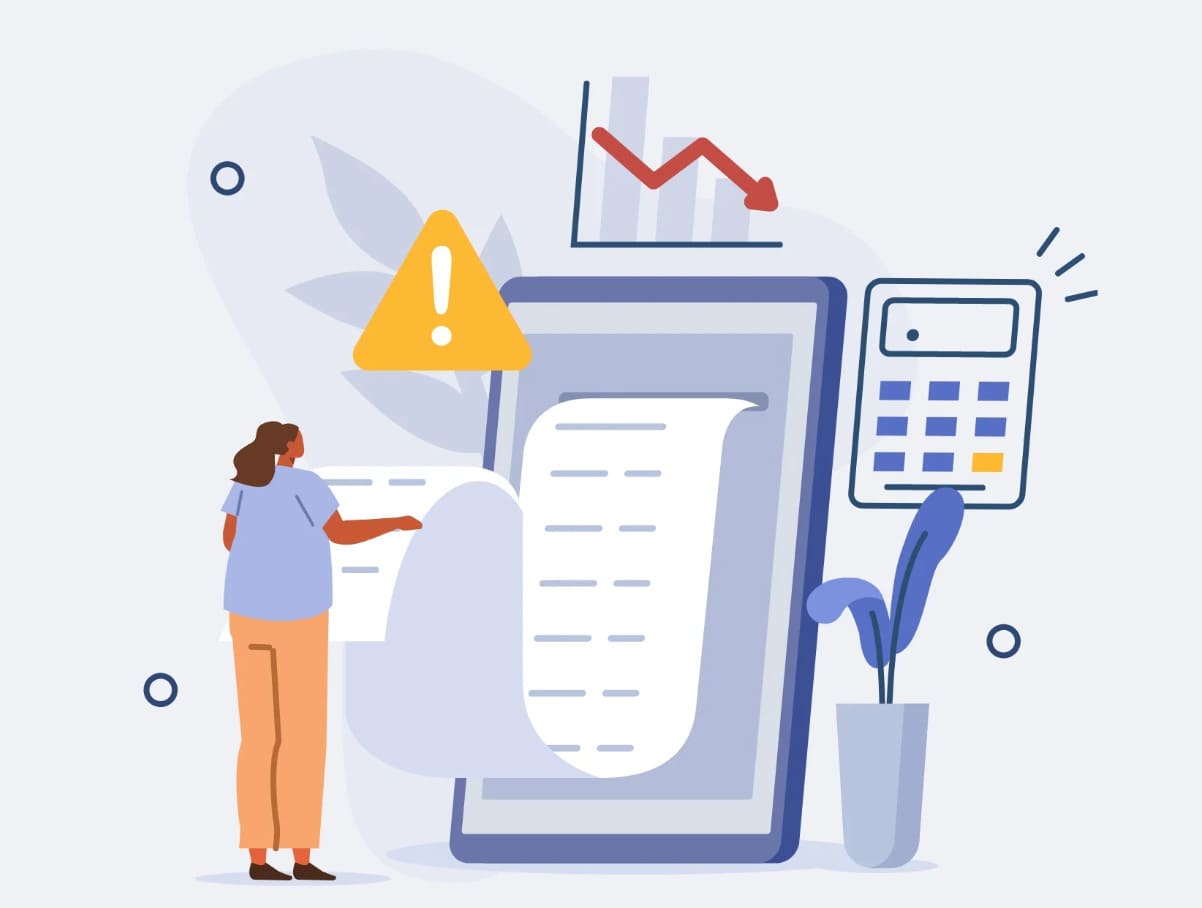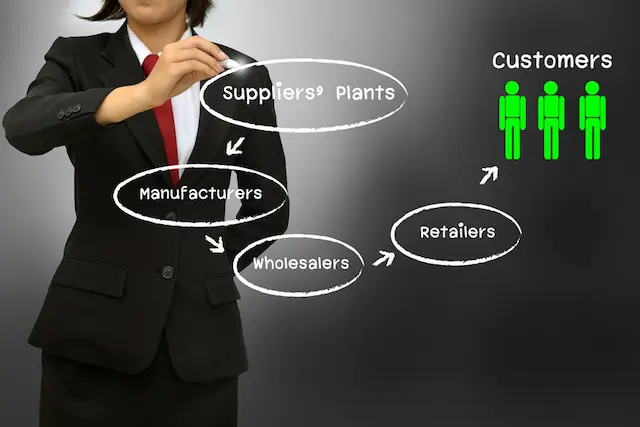We are currently in a phase that blends old practices with new technology, moving quickly towards automation and AI in managing early payment discounts. This transition is evident as we integrate advanced systems while still holding onto some traditional methods. In finance, the shift from traditional to modern is a foolproof strategy to sustain and thrive in a landscape that can become unpredictable yet predictable, with immense potential for growth if one seizes the opportunity as it comes.
Therefore, understanding and adapting to future trends is the way to go. If you are concerned about early payment discounts and what future trends will affect them, let us clear the clouds for you so you can strategize better.
What is Early Payment Discount?
An Early Payment Discount is a financial incentive offered by a seller to a buyer for paying an invoice earlier than its due date. This discount is typically expressed as a percentage of the total invoice amount. The primary purpose of early payment discounts is to encourage prompt payments, which can improve the seller’s cash flow.
For example, a common early payment discount term is “2/10, net 30.” This means the buyer can take a 2% discount on the invoice total if they pay within 10 days; otherwise, the full amount is due in 30 days. If a company has a $1,000 invoice with these terms, they can pay $980 within 10 days to take advantage of the discount.
Early Payment Discounts and Future Trends to Look For!

The present blended with future trends in early payment discounts can give you the much-needed competitive edge to outrun your counterparts and establish a robust market presence. Have a look!
1. Increased Automation and AI Integration
Advancements in automation and AI are streamlining the process of managing early payment discounts. For instance, a company using AI-driven software can automatically analyze payment histories and supplier behaviors to determine the optimal times to offer discounts. This ensures that discounts are offered when suppliers are most likely to accept them, optimizing cash flow. Imagine a retailer like Walmart using AI to predict the best time to offer early payment discounts to its numerous suppliers, ensuring timely payments and healthy supplier relationships.
2. Blockchain for Transparent Transactions
Blockchain technology is enhancing transparency and security in financial transactions. For example, a manufacturing company could use a blockchain platform to record all discount agreements and payment terms. This immutable ledger ensures that both the manufacturer and its suppliers have access to the same information, reducing disputes. A real-world example is IBM Food Trust, which uses blockchain to trace food supply chains, ensuring transparent transactions and fostering trust among participants.
3. Dynamic Discounting Models
Traditional static discounting models are being replaced by dynamic discounting, where the discount rate changes based on when the invoice is paid. For instance, a company might offer a 2% discount if an invoice is paid within 10 days, but only a 1% discount if paid within 20 days. A company like Procter & Gamble could implement dynamic discounting to encourage their retailers to pay sooner, thereby improving cash flow while giving retailers flexibility.
4. Integration with Digital Wallets
The integration of early payment discounts with digital wallets and payment platforms is on the rise. For example, a small business using PayPal could set up early payment discounts that are automatically applied when customers pay through their PayPal accounts. This makes managing discounts more convenient and speeds up transaction processes. Square, for instance, allows small businesses to offer discounts directly through their payment app, simplifying the process.
5. Sustainability Incentives
Companies are increasingly tying early payment discounts to sustainability initiatives. For instance, a company might offer better discount rates to suppliers who adopt environmentally friendly practices. An example could be Unilever offering a 3% early payment discount to suppliers who reduce their carbon footprint by a certain percentage, thereby promoting green practices and corporate responsibility.
6. Data-Driven Decision Making
Big data analytics are becoming crucial in managing early payment discounts. Companies can use data to forecast financial needs and determine optimal discount rates. For example, a large retailer like Target could analyze purchasing patterns and payment histories to decide when to offer early payment discounts, ensuring that they benefit both the retailer and their suppliers.
7. Enhanced Supplier Collaboration
There is a growing emphasis on collaboration between buyers and suppliers to optimize discount terms. For instance, a tech company might work closely with its component suppliers to negotiate terms that are beneficial for both parties. Apple, for example, could collaborate with its suppliers to create flexible payment terms that help suppliers maintain liquidity while ensuring Apple’s supply chain stability.
8. Mobile-Friendly Payment Solutions
With the proliferation of smartphones, mobile-friendly payment solutions are gaining traction. For example, a freelance graphic designer could use an app like QuickBooks to offer early payment discounts to clients, allowing them to manage invoices and discounts directly from their mobile device. This flexibility ensures timely payments even when on the go.
9. Customized Discount Programs
Personalization is becoming key in early payment discounts. For example, a large wholesaler might offer customized discount programs tailored to the specific needs of its different suppliers. Amazon, for instance, could offer personalized discount rates to its various suppliers based on their payment history and financial health, making the discounts more attractive and effective.
Also Read: Early Payment Discounts: Realizing Value in Accounts Payable
Conclusion
Embracing future trends in early payment discounts can give businesses a competitive edge. By using automation, AI, blockchain, and data analytics, companies can simplify payments, improve transparency, and build stronger supplier relationships. Adapting to these innovations will help businesses thrive and grow, ensuring they stay ahead in a changing financial landscape.
Also Read: Early Payment Discounts: Should You Use Them in Your Business?In the dynamic world of business, managing finances efficiently is key to ensuring sustained growth and success. One crucial aspect that often takes center stage is the management of receivables – the money owed to your business by customers.
This blog aims to shed light on the strategic use of financing receivables and the impactful practice of vendor financing, offering insights that are both accessible and beneficial to businesses of all sizes.
Financing Receivables:- What is Financing Receivables

Accounts receivable financing is a different way to get money compared to going to a regular bank. Basically, it’s a money move where you borrow cash using the money your customers owe you.
Here’s the deal: if your company is waiting for money to come in, but you need cash ASAP to cover your bills, accounts receivable financing steps in to help. It’s also great for businesses that don’t want to hassle with collecting money from people who owe them. Instead, they can pay a little fee and get the money right away.
In simple terms, it’s like turning the future money you’re expecting into real cash when you need it!
Types of Financing Receivables
Here are different types of financing receivables options that you need to understand:
Collateralized Loan Option
- If you have customers who owe you money, you can use these accounts as collateral for a loan from a financing company.
- When your customers settle their bills, you can use that money to pay off the loan.
Invoice Factoring Option
- Another way is to sell your accounts receivable to a factoring company.
- With a service known as invoice factoring, the factoring company buys your non-delinquent unpaid invoices.
- They pay you an upfront percentage, called the advance rate, of what your customers owe.
- The factoring company then collects payments directly from your customers, and once the accounts receivable are paid, they keep a small factoring fee and give you the remaining balance.
Advantages of Financing Receivables
Understand some of the benefits of financing receivables to help you make a wiser and informed decision:
Upfront Cash for Unpaid Accounts: With receivables financing, you receive immediate funds for invoices that your customers haven’t paid yet. It’s like getting a cash advance based on the money you’re expecting to receive in the future.
Potentially Lower Financing Costs: The financing rate in receivables financing may be more cost-effective compared to other borrowing options such as traditional loans or lines of credit. This can be particularly beneficial for businesses looking to manage their costs while accessing the necessary funds.
Relief from Unpaid Bill Collection: Opting for receivables financing can lift the weight of chasing down unpaid bills from your shoulders. Instead of spending time and resources on collections, a financing company takes on this task. It allows your business to focus on its core activities while ensuring a steady flow of working capital.
Ideal for Cash Flow Challenges: Receivables financing is a great solution for businesses facing cash flow issues. Whether you’re waiting for payments from customers or need quick funds to cover operational expenses, this option provides a flexible and accessible way to address cash flow gaps. It’s suitable for a variety of companies, regardless of their size or industry, offering a lifeline during financially challenging periods.
Disadvantages of Financing Receivables
Understand some of the cons of financing receivables to help you make a wiser and informed decision:
Requirement of Outstanding Invoices: To benefit from receivable financing, your business must have outstanding invoices, meaning customers owe you money. This financial option leverages these accounts receivable as assets that can be used to secure a loan or sell to a factoring company.
Importance of Clear Terms for Unpaid Accounts: Keeping clear and accurate records of the terms associated with unpaid accounts is crucial. This includes documenting when payments are expected, the amounts owed, and any specific conditions. Maintaining meticulous records is essential for the smooth process of receivable financing, ensuring transparency and accuracy in the transactions.
Impact of Credit History on Qualification: Qualifying for receivable financing may depend on your business’s credit history. If your business lacks a stable credit history, it could pose a challenge in accessing this form of financing. Lenders or factoring companies often assess the creditworthiness of a business before extending receivable financing. Having a stable credit history enhances your eligibility and may lead to more favorable terms. It emphasizes the importance of maintaining good financial standing to maximize the benefits of receivable financing.
Vendor Financing:- What is Vendor Financing?

Vendor financing, also known as supplier financing or trade credit, is a financial arrangement where a company obtains funding or extended payment terms from its suppliers. In this scenario, the vendor, or the supplier of goods or services, plays a crucial role in providing financial support to the purchasing company.
It’s a smart move when you’re buying a lot of big stuff. If you’re getting things like inventory for a store, computers, vehicles, or machinery, talk to your suppliers about financing deals. It’s like making a deal to pay for these things over time instead of all at once. This helps you avoid running low on cash and gives you the chance to grow your business while paying for the equipment. It’s a win-win!
Also Read : What Is a Vendor? Definition, Types, and Example
Benefits of Vendor Financing
Understand some of the benefits of vendor financing to help you make a wiser and informed decision:
Equipment Purchase without Upfront Payment: One big advantage of vendor financing is that it lets you buy the equipment you need without having to pay for it all upfront. Instead of emptying your wallet in one go, you can work out a deal with your vendor to spread the cost over time. This means you can get essential equipment for your business without a hefty immediate expense.
Preservation of Cash for Emergencies: By using vendor financing, you’re able to keep more cash on hand. This is crucial for dealing with unexpected emergencies or opportunities that may come up in your business journey. Preserving your cash flow provides a financial safety net, allowing you to handle unforeseen challenges without disrupting your day-to-day operations or long-term plans.
Also Read: How to Use Vendor Financing to Buy a Business?
Disadvantages of Vendor Financing
Understand some of the cons of financing receivables to help you make a wiser and informed decision:
Extended Payment Period: One downside of vendor financing is that your payments might stretch out over a long period. While this eases the immediate financial burden, it could mean you’re committed to paying for the equipment over an extended timeframe. This extended payment period may limit your financial flexibility and tie up resources that could be used for other business needs.
Risk of Equipment Retrieval: If you fall behind on your payments, there’s a risk that the vendor could take back the equipment. This is a significant concern because it means not keeping up with your agreed-upon payment schedule could result in losing the very equipment your business relies on. It emphasizes the importance of carefully managing your financial commitments to avoid potential disruptions to your operations.
Distinguishing Accounts Receivables Finance from Accounts Receivable Factoring
Navigating the world of turning accounts receivables into immediate cash flow can be a game-changer for businesses in need of quick funds. While both services share the common goal of providing timely financial solutions, it’s essential to understand their fundamental differences:
Nature of the Transactions
Accounts Receivables Finance (Invoice Financing)
Think of this as a loan. Your business uses its outstanding invoices as collateral to secure a loan. It’s a financial arrangement where you borrow against the money your customers owe you, providing a flexible solution to bridge financial gaps.
Accounts Receivable Factoring
In contrast, factoring involves the outright sale of your receivables. Factoring companies become the owners of the current asset – your unpaid invoices. They pay you a portion upfront (known as the advance), and then they collect the full amount directly from your customers.
Roles of the Service Providers
Factoring Companies
Factoring companies act as buyers of a business’s current assets, taking ownership of the accounts receivable. They assume the responsibility of collecting payments from your customers.
Accounts Receivable Financing Companies
On the other hand, companies providing accounts receivable financing act as financiers or lenders. They extend a loan to your business, using the outstanding invoices as collateral, without taking ownership of the receivables.
Scope of Application
Accounts Receivable Factoring
Factoring is specifically tailored for commercial financing. It is a solution designed for businesses looking to optimize their cash flow by selling their unpaid invoices in commercial transactions.
Final Words
In the world of business, managing finances wisely is the key to success. Whether it’s unlocking cash through accounts receivables financing or securing equipment with vendor financing, these financial tools offer both opportunities and considerations. Accounts receivables financing turns future money into immediate cash, ideal for addressing cash flow challenges.
Vendor financing, on the other hand, lets you spread the cost of essential equipment, preserving cash for emergencies. While each has its advantages, it’s crucial to weigh the pros and cons. Whether you’re considering accounts receivables financing or vendor financing, understanding these financial strategies empowers you to make informed decisions, propelling your business toward sustained growth and financial resilience.
Credlix is becoming a big player in helping businesses with money. We want to make small businesses stronger, so we offer really good financing solutions made just for them.
Also Read : What Is a Vendor? Definition, Types, and Example




